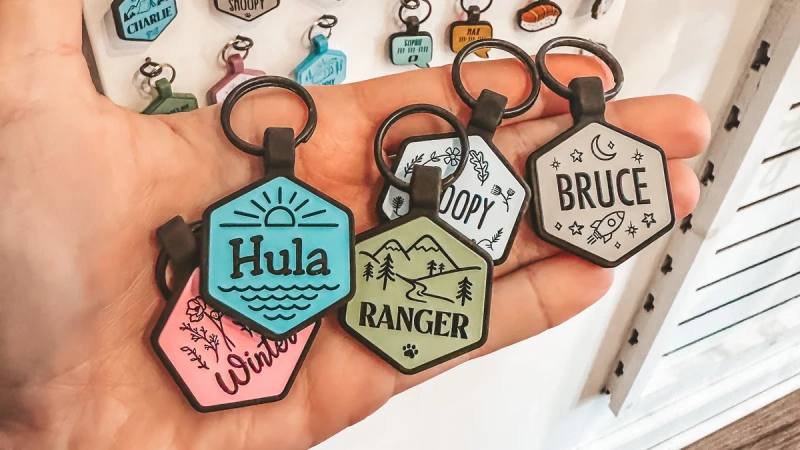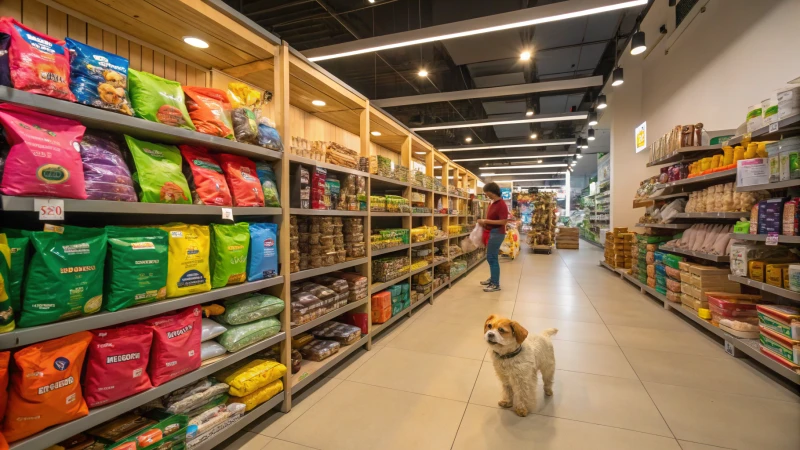
Ever wondered if opening a pet supply store could be your ticket to success?
Pet supply stores can be incredibly profitable, often seeing average annual revenues of around $6.71 million with profit margins between 30% and 50%. Key factors include location, product variety, and efficient operations.
I remember the thrill when I first considered diving into the pet industry. The statistics were promising, but I knew that numbers alone couldn’t guarantee success. To thrive, it was crucial to understand the unique dynamics of the market. From finding the perfect spot in a pet-friendly neighborhood to curating an irresistible product lineup, every decision mattered. It’s like orchestrating a symphony where each element plays a pivotal role in hitting those profit notes. Whether you’re just dreaming or already taking steps, understanding these aspects can guide you toward making your pet supply store not just a business, but a beloved community hub.
Pet supply stores have average annual revenues of $6.71 million.True
This claim is true based on the provided context about pet supply stores.
Profit margins for pet supply stores range from 10% to 20%.False
This claim is false; the context states profit margins range from 30% to 50%.
What Makes a Pet Supply Store Profitable?
Picture this: you’re standing in the middle of a bustling pet supply store, and every shelf tells a story of strategic choices that led to its success.
The profitability of pet supply stores hinges on factors like location, product diversity, customer loyalty, and efficient operations. Smart decisions in these areas can elevate sales and increase profit margins significantly.
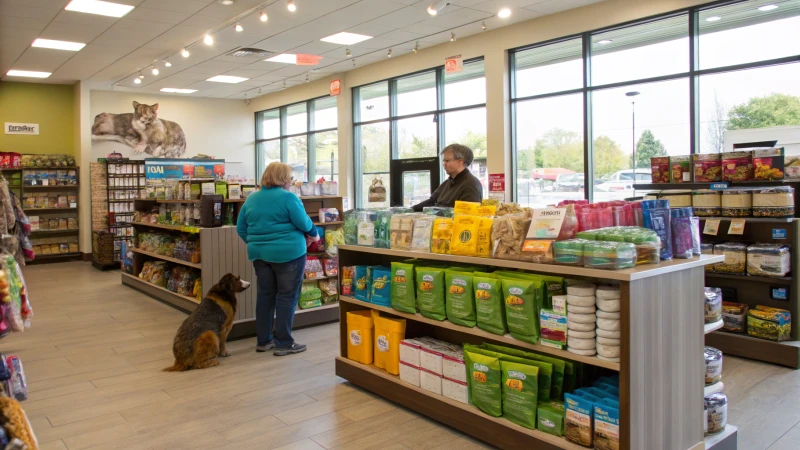
I remember the first time I walked into a pet store with my friend, who had just opened her own. The smell of fresh pet food and the sound of playful barks filled the air. She turned to me and said, "Location is everything." And she was right.
Location Matters
Choosing the right location1 can transform your business. I learned this from my friend’s experience as she scouted urban areas with high foot traffic. Her careful consideration of nearby competitors and demographics made all the difference.
| Location | Potential Impact |
|---|---|
| Urban | Higher Foot Traffic |
| Suburban | Targeted Demographics |
| Rural | Limited Market Reach |
Product Range Diversity
Then there’s the art of curating a product range. Offering unique items like eco-friendly pet accessories or specialized diets isn’t just trendy; it attracts a varied customer base. My friend also added grooming services, which became a regular draw for pet owners.
- Grooming Services: Attracts regular visits.
- Training Products: Encourages frequent purchases.
- Unique Accessories: Differentiates from competitors.
Understanding Customer Base
Understanding the preferences of your local community is crucial. I’ve seen my friend build a rapport with her customers, tailoring her offerings to match their needs, which created loyalty and consistent revenue.
| Customer Type | Monthly Spend Range |
|---|---|
| Regular Buyers | $25 – $100 |
| Casual Shoppers | Less than $25 |
Operational Efficiency
Efficiency is key to managing costs and boosting profits. My friend became quite the data guru, using analytics to forecast sales and manage inventory. This not only reduced waste but also informed her about smart business decisions.
- Inventory Management: Reduces waste and overstock.
- Cost Control: Keeps expenses in check.
- Data Analytics: Informs smart business decisions.
In essence, by combining effective inventory management2 with savvy marketing strategies, your pet store can thrive. These practices are the backbone of maintaining healthy profit margins, ensuring your venture remains profitable in the long run.
Urban pet stores have higher foot traffic than rural ones.True
Urban areas generally have more people, increasing potential customers.
Offering grooming services reduces pet store visits.False
Grooming services attract regular visits, not reduce them.
How Does Location Affect Pet Store Success?
Location can make or break a pet store, but why is it such a game-changer? Let’s dive into how choosing the right spot can transform your business dreams into reality.
Location impacts pet store success by shaping foot traffic, ease of access, and the competitive landscape. High-traffic, pet-friendly areas with minimal competition often yield better results.
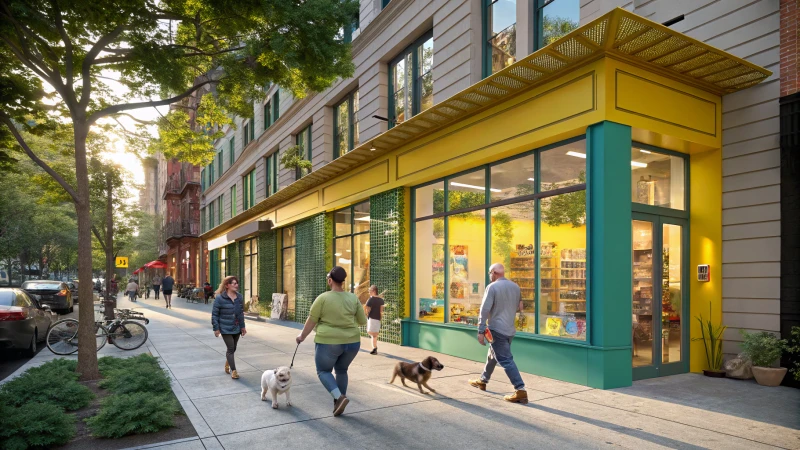
The Influence of Customer Foot Traffic
I remember when I first started thinking about opening my pet store. I was obsessed with finding the perfect spot that would draw in those curious walk-ins. My weekends were spent exploring bustling shopping centers and vibrant parks and recreational areas3, imagining my store nestled among them. And it’s true—being in a busy area can boost your visibility and foot traffic significantly. More people strolling by often translates into more sales opportunities, especially if they can spot your store from the bus or train.
Accessibility and Convenience
Convenience was another huge factor on my checklist. I pictured my future customers—busy parents, energetic dog walkers—needing to pop in and out without hassle. A location with ample parking or easy access to public transportation makes all the difference. Plus, being next to a vet clinic or a grooming salon could mean they’d naturally stop by for some treats or toys. It’s about making their trip as seamless as possible.
| Accessibility Feature | Benefit |
|---|---|
| Close to Public Transport | Increases customer visits |
| Nearby Parking Availability | Enhances shopping convenience |
| Adjacent to Pet Services | Encourages cross-patronage |
Analyzing Local Competition
When I scoped out potential locations, I paid close attention to nearby competitors. Areas with fewer pet stores seemed tempting because they promised a larger market share. But sometimes, being near competitors isn’t all bad—especially if you have a unique angle, like offering unique products or services4 such as eco-friendly products or rare pet supplies. This differentiation can help carve out your niche even in a crowded market.
Demographics and Community Engagement
Thinking about demographics was like solving a puzzle. A suburb brimming with families might crave different products compared to an urban district bustling with young professionals. I realized hosting community events could foster connections and boost my store’s visibility. Getting involved locally was more than just good business—it was about becoming part of the community fabric.
Leveraging Local Trends
Keeping up with local trends became a bit of a hobby for me. If the neighborhood had a budding interest in sustainable living, stocking eco-friendly pet goods could set my store apart. It’s about listening to what the community wants and adapting my offerings to meet those needs.
For further insights on how location impacts retail success5, consider exploring case studies of thriving pet stores in various settings. Understanding these dynamics can be pivotal in making informed decisions about where to establish your pet store.
Pet stores near parks see more walk-ins.True
Proximity to parks increases visibility and attracts pet owners.
High local competition guarantees pet store success.False
High competition can hinder success unless unique offerings are provided.
Why is offering a wide product range important for pet stores?
I remember the first time I walked into a pet store as a new dog owner, overwhelmed by choices but grateful for them. Here’s why offering a wide product range can be a game-changer for pet stores.
A diverse product range is crucial for pet stores because it meets varied customer preferences, boosts foot traffic, and builds loyalty, making the store a go-to destination for all pet needs.
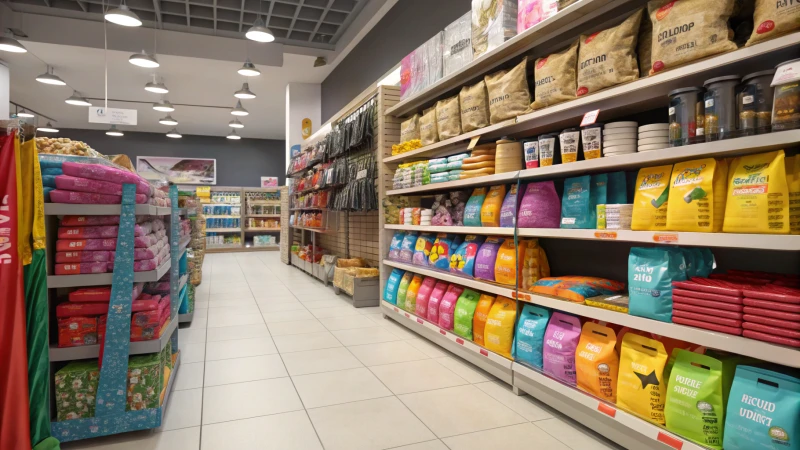
Meeting Diverse Customer Needs
I’ve often found myself hunting for just the right product for my dog, whether it’s a specific type of grain-free food or an eco-friendly toy. Having a wide product range means pet stores can cater to these unique and diverse needs, ensuring every pet owner finds exactly what they’re looking for. Offering both eco-friendly6 and premium brands is a great way to appeal to various segments.
Enhancing Customer Experience
Imagine this: you’ve finally made it through a hectic workday, and now you’re rushing to pick up everything your pet needs before heading home. The relief of finding all those items in one store is priceless. This convenience is what keeps customers coming back. By stocking everything from basic essentials to luxury pet products, pet stores can significantly enhance the shopping experience, boosting satisfaction and repeat visits.
| Category | Product Examples |
|---|---|
| Food | Grain-free, Organic, Specialized Diets |
| Accessories | Collars, Leashes, Toys |
| Health & Wellness | Vitamins, Grooming Supplies, Pet Medications |
Boosting Sales and Profitability
From my own retail experiences, I’ve learned that offering variety can significantly boost sales. Giving customers multiple options within each category often leads to higher spending per visit. Plus, exclusive products or brands give your store a unique edge, attracting customers who might otherwise shop elsewhere.
Building Brand Loyalty
Specialized or unique products are more than just a sale; they’re a reason for customers to return. Stores that offer hard-to-find items or personalized products often build a loyal customer base. Working closely with suppliers to develop customized products can help your store stand out in the market.
Leveraging Market Trends
Staying attuned to market trends is something I’ve always found crucial in maintaining relevance. With the rising demand for natural pet products7, regularly updating your offerings to match consumer interests is essential. This proactive approach ensures that your store remains a top choice for pet owners seeking the latest and best for their furry friends.
A wide product range attracts more customers to pet stores.True
Diverse products meet varied customer needs, drawing more visitors.
Offering exclusive brands does not impact pet store sales.False
Exclusive brands attract customers seeking unique items, boosting sales.
What are the best ways to optimize operational efficiency in pet stores?
Running a pet store is like orchestrating a symphony of furry friends and bustling humans. Finding harmony in operations can transform chaos into a delightful experience for all.
To boost efficiency in pet stores, embrace smart inventory management, tech-driven automation, and thorough staff training. These strategies streamline operations, cut costs, and enhance customer service.
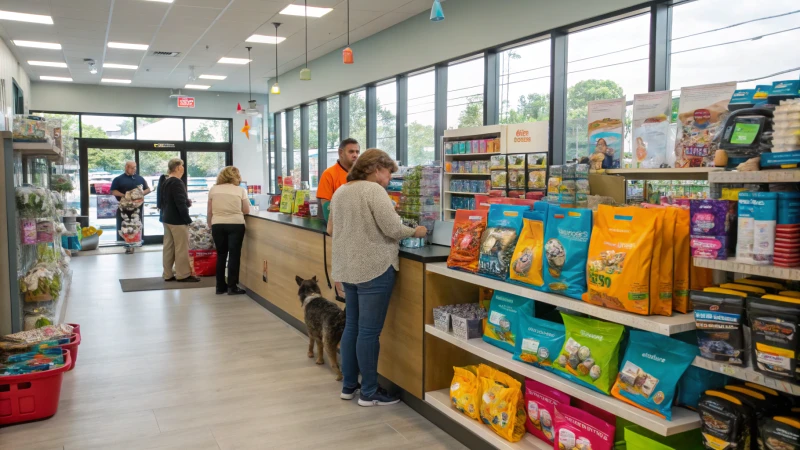
Inventory Management Techniques
I remember when I first started managing inventory at my pet store; it felt like herding cats—literally and figuratively. Implementing a robust inventory management system8 changed the game. With real-time tracking of stock levels and orders, I could finally sleep at night knowing I wasn’t overstocked or underprepared.
Key Practices:
- Regular Audits: Monthly audits became our saving grace, uncovering discrepancies between what we thought we had and what was actually on the shelves.
- Categorization: Grouping products by category or supplier wasn’t just about aesthetics; it made tracking and ordering so much simpler.
- Demand Forecasting: By diving into past sales data, I could predict trends and adjust inventory before it became an issue.
Leveraging Technology
The day we introduced barcode scanning systems9, it felt like upgrading from a typewriter to a laptop. Not only did it speed up the checkout process, but it also drastically reduced human error. Plus, it freed up my team to focus on what they do best—chatting with our wonderful customers.
Benefits of Automation:
- Efficiency: By automating mundane tasks, our staff had more time to engage with customers and pets alike.
- Accuracy: The accuracy in pricing and inventory counts was a game changer.
- Data Insights: The insights from sales data informed our purchasing decisions, allowing us to tailor our offerings to what customers really wanted.
Staff Training and Development
Training our staff was like planting seeds for a thriving garden. Regular sessions not only kept everyone up-to-date on best practices but also fostered a sense of community and shared purpose.
Training Focus Areas:
- Customer Service: Empowering staff to handle diverse customer needs effectively has been crucial for our store’s success.
- Product Knowledge: Ensuring that everyone could speak confidently about our products helped customers find exactly what they needed.
- Technology Use: Training on using POS and inventory systems efficiently saved us countless hours and headaches.
Utilizing Data Analytics
Diving into data analytics was akin to having a crystal ball—suddenly, I could see patterns and preferences that were previously invisible. This insight allowed us to make informed decisions that aligned with customer needs.
Data Utilization Methods:
- Sales Analysis: Identifying peak sales periods helped us plan promotions and staffing accordingly.
- Customer Feedback: Analyzing feedback pinpointed areas for improvement that we might have overlooked.
- Operational Metrics: Tracking metrics like checkout time and stock turnover rates provided a roadmap for continuous improvement.
| Strategy | Benefits |
|---|---|
| Inventory Management | Reduces waste, ensures stock level |
| Technology Automation | Speeds transactions, minimizes error |
| Staff Training | Improves service quality |
| Data Analytics | Informs decision-making |
\Implementing these strategies transformed our pet store’s operations from hectic to harmonious. While each store has its unique quirks, adapting these methods to fit your specific needs will surely lead to happier pets and even happier customers.
Implementing inventory systems reduces overstocking.True
Inventory systems track stock levels, preventing excess or shortages.
Barcode scanning increases checkout errors.False
Barcode scanning automates checkout, reducing human error and speeding up transactions.
Conclusion
Pet supply stores can be highly profitable, averaging $6.71 million in annual revenue with profit margins of 30-50%, influenced by location, product diversity, and operational efficiency.
-
Understanding why location is critical helps in selecting spots that attract more customers, boosting sales. ↩
-
Efficient inventory management reduces costs and enhances profitability through optimized stock control. ↩
-
Exploring nearby parks can reveal how natural attractions increase foot traffic, benefiting adjacent businesses. ↩
-
Learning about unique services helps differentiate your store, attracting customers even in competitive locations. ↩
-
Understanding these strategies aids in selecting a profitable location for your pet store. ↩
-
Explore the advantages of eco-friendly pet products and discover how they can cater to environmentally-conscious customers. ↩
-
Stay informed about the latest trends in natural pet products to ensure your store remains competitive and appealing to health-conscious pet owners. ↩
-
Discover top-rated inventory systems tailored for pet stores to enhance stock management. ↩
-
Learn how barcode scanning can streamline retail operations and reduce errors. ↩


